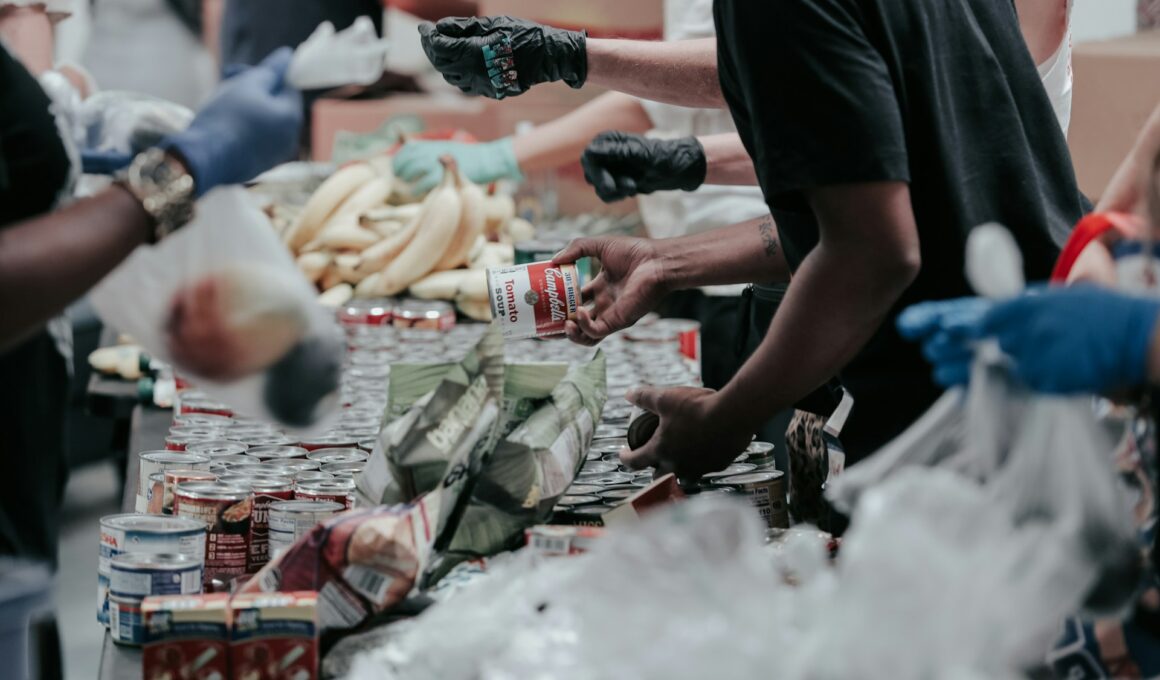Food Banks Brace for Crisis as Millions Risk Losing SNAP Benefits During Shutdown

As the government shutdown drags on, food banks across America are warning of an impending hunger crisis — one that could leave millions of families without the help they rely on.
In Huntington, West Virginia, Cynthia Kirkhart, CEO of Facing Hunger Foodbank, has already had to ration basic items like potatoes to meet surging demand. Her organization serves parts of West Virginia, Kentucky, and Ohio, but rising food prices and record need have pushed their resources to the limit.
Now, with nearly 300,000 West Virginians at risk of missing their November SNAP (food stamp) benefits due to Washington’s gridlock, Kirkhart says there’s little left to cut.
“You remove SNAP dollars, and people have no resources. We’re in real trouble,” she warned.
A Growing Crisis Across the Country
Nine large food banks and hunger relief organizations across eight states told Reuters they wouldn’t be able to manage the expected spike in demand if November’s SNAP benefits are postponed. The ongoing government shutdown — among the longest ever recorded — has halted funding for the program that provides assistance to more than 41 million Americans.
Hunger in America has already been climbing for years. Under President Trump, the federal government tightened work requirements and trimmed certain food aid programs to reduce dependency and restore accountability. Still, food banks say they cannot fill the gap if Congress fails to act.
The shutdown also threatens to halt benefits for nearly 7 million mothers and children enrolled in the WIC program (Women, Infants, and Children).
A USDA spokesperson called the crisis a “critical test” for Senate Democrats, who have refused to pass a spending bill unless their demands on healthcare spending are met. Both parties continue to blame each other as millions of Americans wait.
Record Demand and Limited Options
Even before the shutdown, food banks were struggling to keep up. Inflation and the lingering effects of the pandemic have driven millions of families to their doors.
According to Feeding America, more than 50 million people received food assistance in 2023 — up sharply from 40 million in 2019.
At MANNA FoodBank in Mills River, North Carolina, CEO Claire Neal says demand has hit historic highs, especially after Hurricane Helene destroyed their warehouse.
“For every meal we provide, SNAP provides nine,” she explained. “We can’t make up the difference — philanthropy can’t replace government support.”
Other organizations, like the United Way of New York City, are setting up emergency funds to provide direct help if November’s benefits don’t arrive.
“Those lines at food banks are going to get much longer,” said United Way CEO Grace Bonilla. “We’re bracing for impact.”
States Step In as Washington Stalls
This week, mayors and House Democrats urged Agriculture Secretary Brooke Rollins to use a $5 billion contingency fund to keep SNAP payments flowing — enough to cover about 60% of one month’s benefits.
But the USDA refused, saying the reserve must be kept for natural disasters and emergencies.
With no federal relief, some states are stepping up:
- California and New York have pledged direct aid to food banks.
- Virginia declared a state of emergency to ensure November benefits are paid.
- Alaska, however, said rerouting federal systems to state funds was “not feasible.”
As the shutdown continues, local charities warn that millions of families could go hungry within weeks, with food banks already stretched beyond their limits.
Bottom Line
America’s food safety net is on the edge — and while states scramble to fill the gap, Washington’s political gridlock risks turning a government shutdown into a nationwide hunger emergency.
If November’s SNAP payments don’t come through, it won’t just test food banks — it will test America’s ability to care for its most vulnerable.